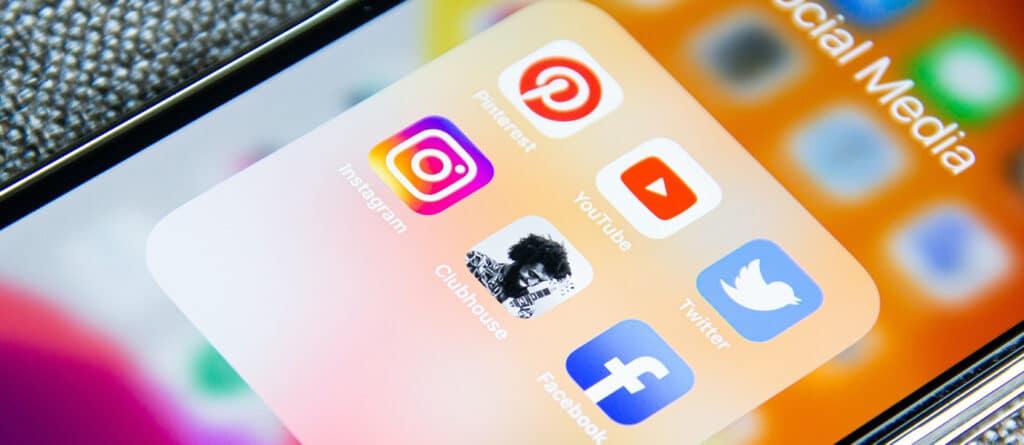A little over ten years ago, social media was something you used almost exclusively to connect with friends and family. It has become a multi-billion dollar industry that millions of businesses rely on to reach their customers daily. Of course, as the industry grew, new platforms popped up, and old ones died out.
Nowadays, many businesses aren’t exactly sure where they should be putting their social media marketing efforts. Or worse: they’re wasting their time, effort, and money on a platform that doesn’t fit their goals and audience demographics.
In this article, we’re going to help you navigate the social media landscape and figure out which platforms you should be devoting your time to. We’re going to cover six platforms and give you the lowdown on what their key strengths and weaknesses are.
Remember, you don’t need to limit yourself to just one platform, but there also isn’t anything wrong with doing exactly that. As you read through this guide, keep in mind that you can mix and match these to come up with a strategy that’s tailored to your specific needs at this current juncture in time.
Throughout this article, we’re going to show you how one company, Apple, uses each platform differently. If Apple isn’t active on the platform or doesn’t have an account, we’ll show you another profile too.
So, let’s kick things off with the mother of all social media platforms:
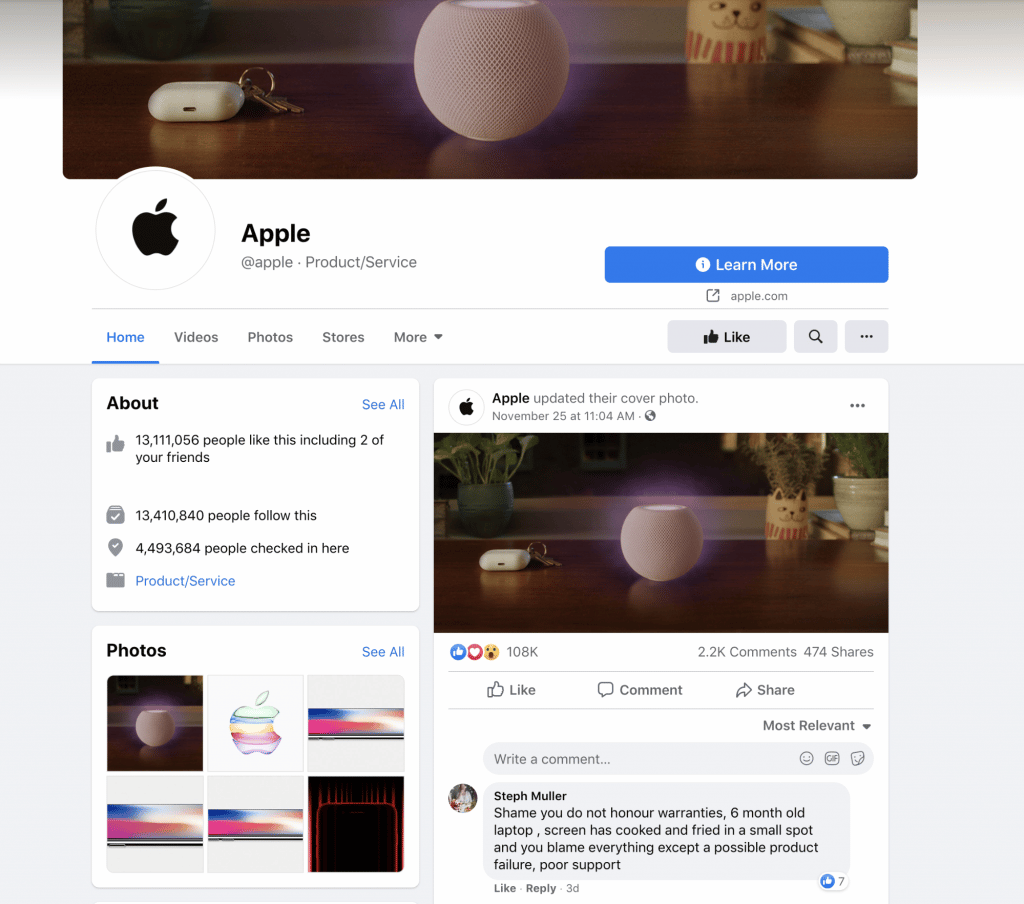
Facebook is the social media site that has the broadest reach of all. It currently has a monthly user base of 2.45 billion people (just over a quarter of the world’s population), and 70% of Americans use the site.
Although Facebook has been losing some steam among the younger generations, it still reaches more users ages 13-17 (113 million) than any other social media site — even Instagram, Snapchat, and TikTok. It also reaches over 75% of Americans aged 18-49, with a fairly even distribution among them.
Although seniors make up the smallest percentage of Facebook users, they are also the fastest growing demographic. Plus, more seniors use Facebook than any other social media network.
So, what does this mean for your business? Chances are, you should be on Facebook. This is one of those social networks where it doesn’t make much sense to skip over it. Facebook’s reach is so broad that you can reach almost anyone. In some ways, having a Facebook page is like having a website — it’s a foundation you need to have in place.
If your target audience skews older, then this is where you should be putting the majority of your effort. If it’s not, then you may want to focus your time elsewhere while still maintaining a page on the platform. If you’re a B2B brand, use Facebook Groups to network with other professionals.
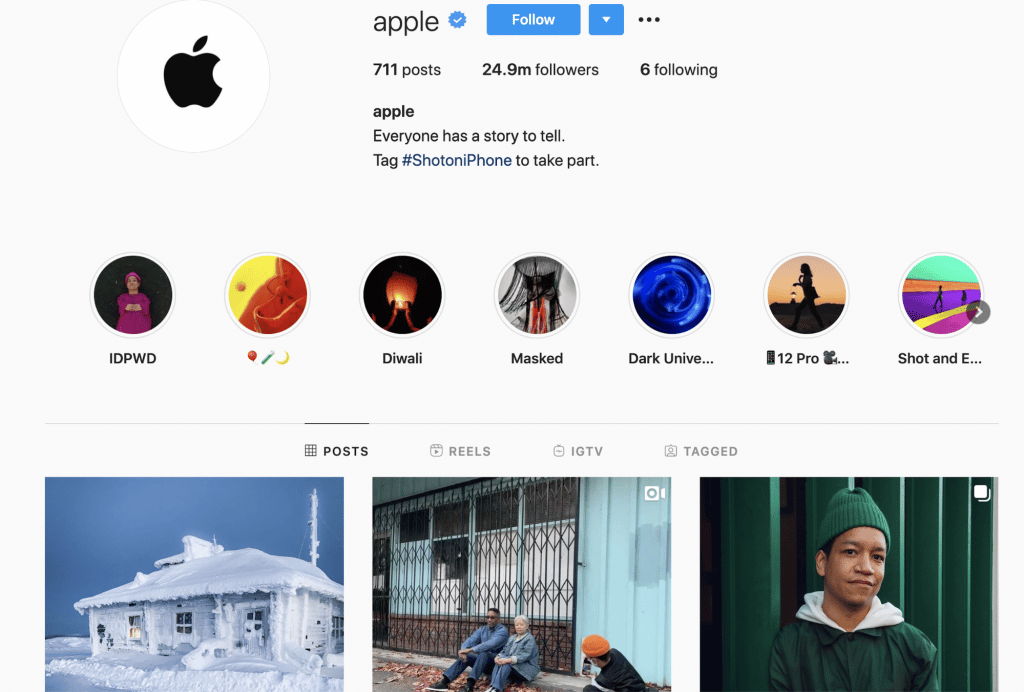
Facebook may own Instagram, but the platform caters to a different demographic. Whereas Facebook is fairly evenly distributed across the board and has started catering to the older generations, Instagram is most widely used by people under 30.
However, the real divide between the two platforms lies in the type of content each one is geared towards. Instagram is a visual platform: the entire network is built to share photos and videos. Facebook, on the other hand, supports text posts, which are not even possible on Instagram (unless you’re posting a picture of text).
This means that Instagram is particularly well-suited towards B2C brands that can express themselves visually — think fitness, food, travel, fashion, lifestyle, etc. If you can post a good photo of your product or service, Instagram will fit you well.
However, It is not the place for lawyers, financial services, and insurance companies unless you’re coming at it from a unique angle. This is possible, but it takes some creativity — like marketing financial services specifically for millennials, for example.
When you think of Instagram, think of visual content that appeals to people under 30. This is Instagram’s core, so if this vibes with your target audience and product, Instagram is an excellent place to put your focus.
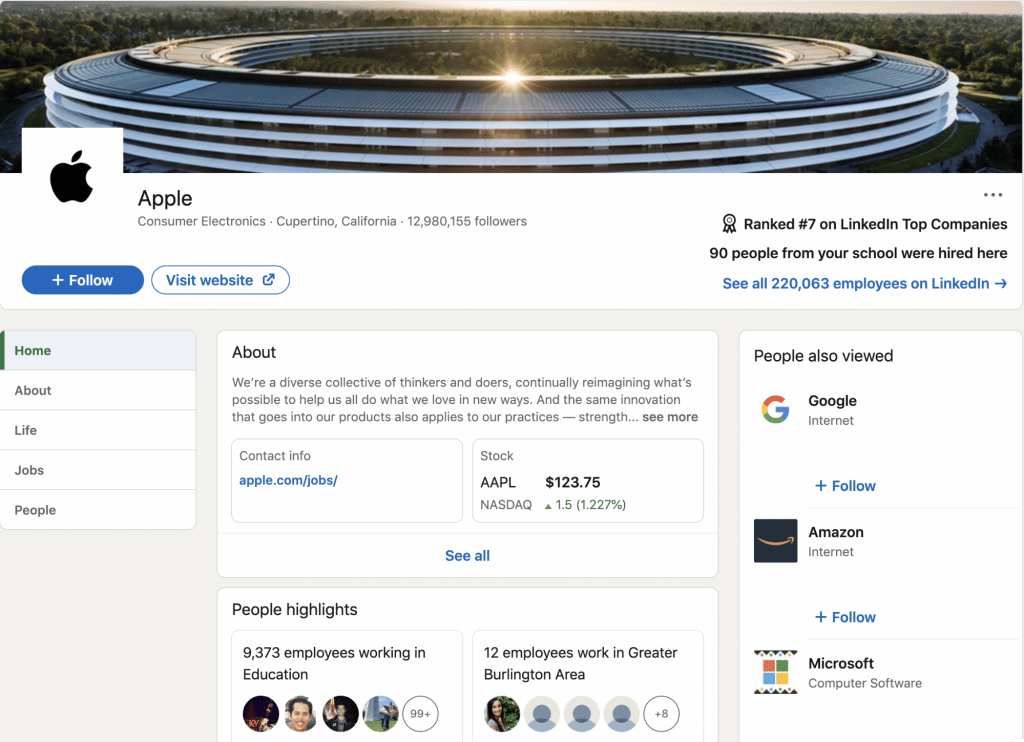
LinkedIn is a social network designed exclusively for business networking. Unlike the other platforms in this guide, which mix business and pleasure, LinkedIn has no functionality geared to socializing outside of a business context.
As a result, you will not want to use LinkedIn for B2C marketing — that’s just not what the platform is designed for.
However, when it comes to B2B marketing, LinkedIn is a powerhouse. It is one of the best ways to find new leads, reach out to new prospects, and connect with other business owners and decision-makers. If you’re marketing a B2B business, chances are that you can get away with just a LinkedIn and a website, although having Facebook and potentially Twitter may be a good idea as well.
Learn more: How to Use LinkedIn for Marketing
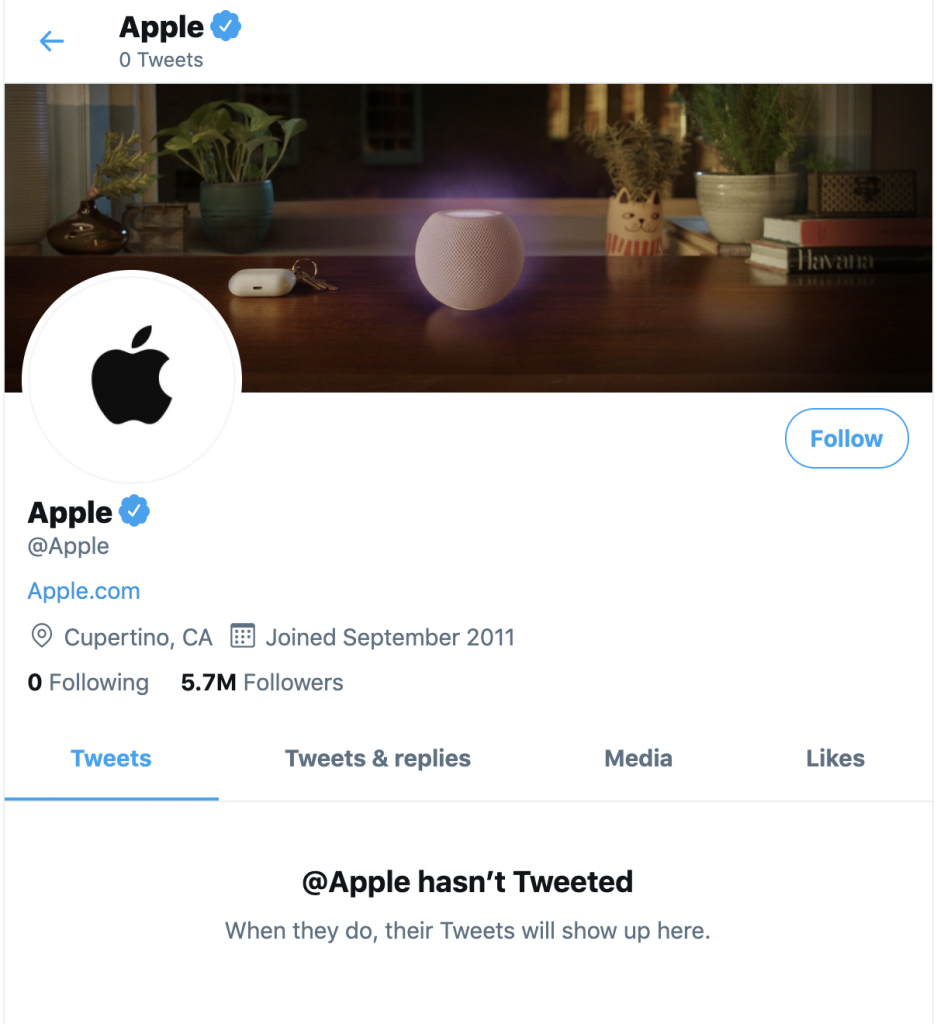
Twitter is a social media site that is used primarily for news. All posts are limited to 140-characters or less, so it’s best for bite-sized pieces of information, like a product launch announcement, links to blogs, videos, articles, etc.
Chances are, Twitter isn’t going to be your main social media presence. But it can act as a great supplementary channel. Twitter is perfect for news and updates, so you can use it to send out quick news items and then direct them to your other social media sites. Or, use it simply to send out essential customer service updates — that your site is undergoing maintenance and will be back up in an hour, for example.
Twitter is also great for sparking conversations. So, if you want to get people talking, Twitter is the place to be.
The bottom line? If you’re a journalist, blogger, or run any type of business that breaks news frequently, you should be on Twitter. However, don’t make the mistake of putting all your eggs in the Twitter basket. This platform is typically best used when it complements another social media channel, not when it’s your standalone social media presence.
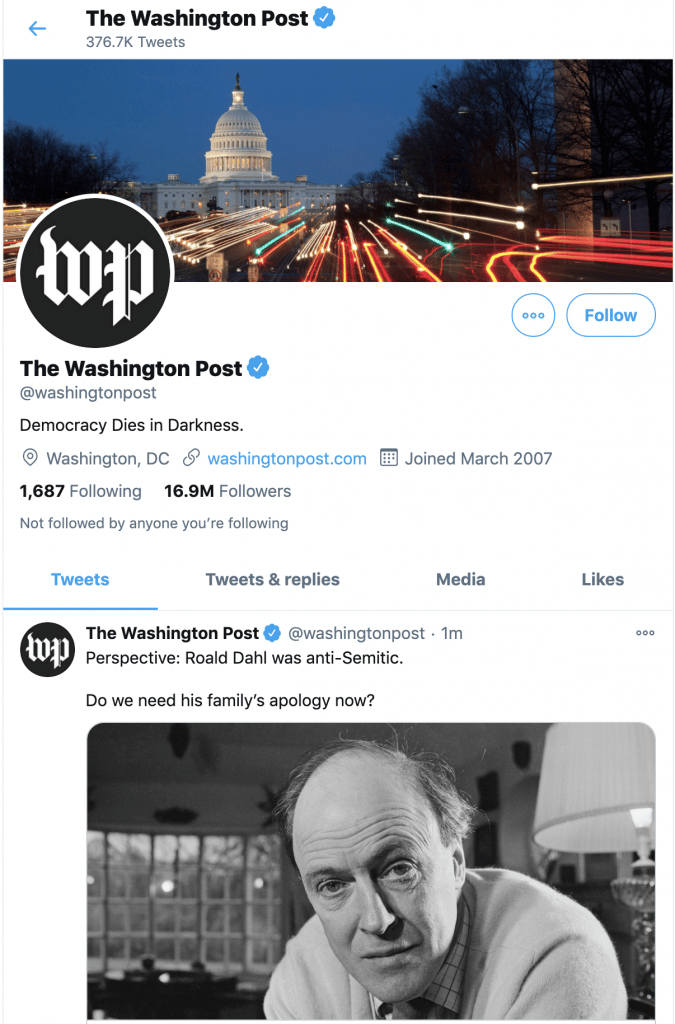
TikTok
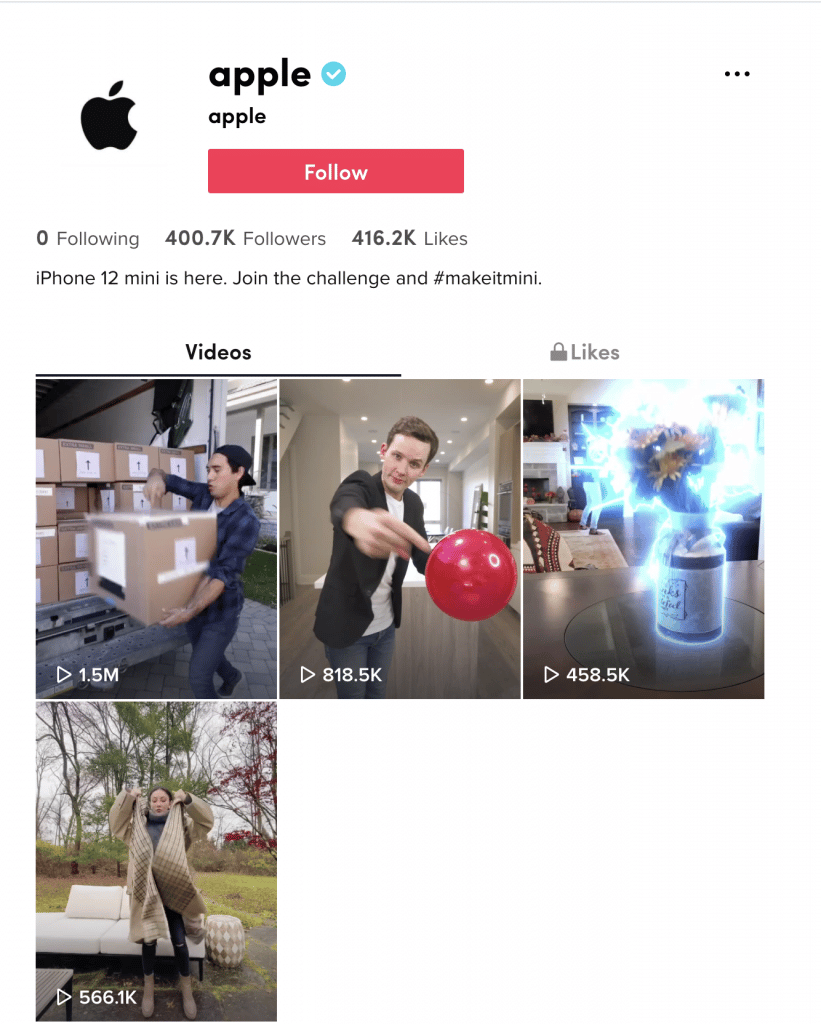
TikTok is a newcomer to the social media game. Before 2018, it was practically unheard of in the United States, but since then, it’s been all over the news and has become a hot topic in the political sphere due to its Chinese parent company.
TikTok is a platform that posts short, loopable videos, typically set to music. They often employ video or sound effects. Most of the content you’ll find on TikTok will be music-related (especially dance videos) or comedy videos.
TikTok is most similar to Instagram thanks to its focus on visual content. Instagram Reels is almost the same. However, they differ in several ways.
First, TikTok caters to a younger demographic than Instagram does. The vast majority of its users are under 25. The 25 to 34 demographic is growing but still not as big as other platforms.
Second, the content you’ll find on TikTok is typically a lot more lighthearted and personal. Instagram content usually has a higher production value and often gives off an “artsy” vibe, while TikTok is much more casual. Even companies that have the budget to make high-quality videos, like the Washington Post, typically opt to stick to the basics and shoot videos on a regular phone with minimal editing:
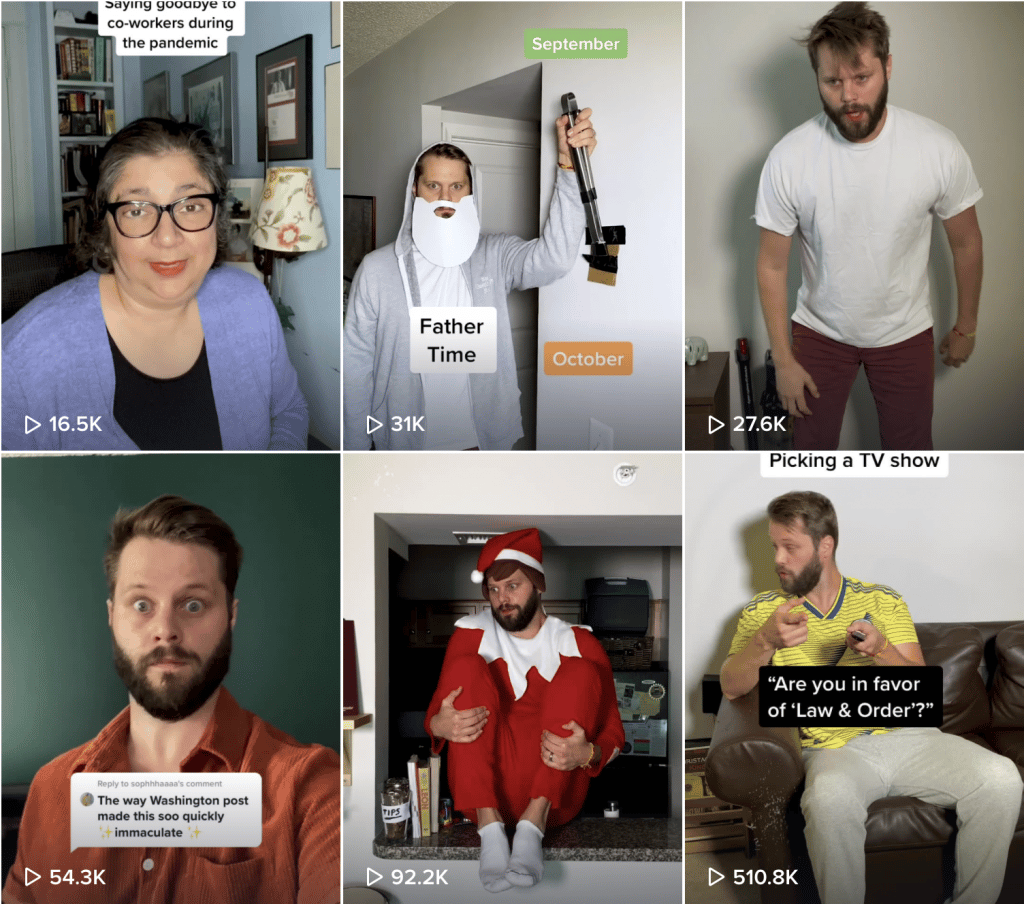
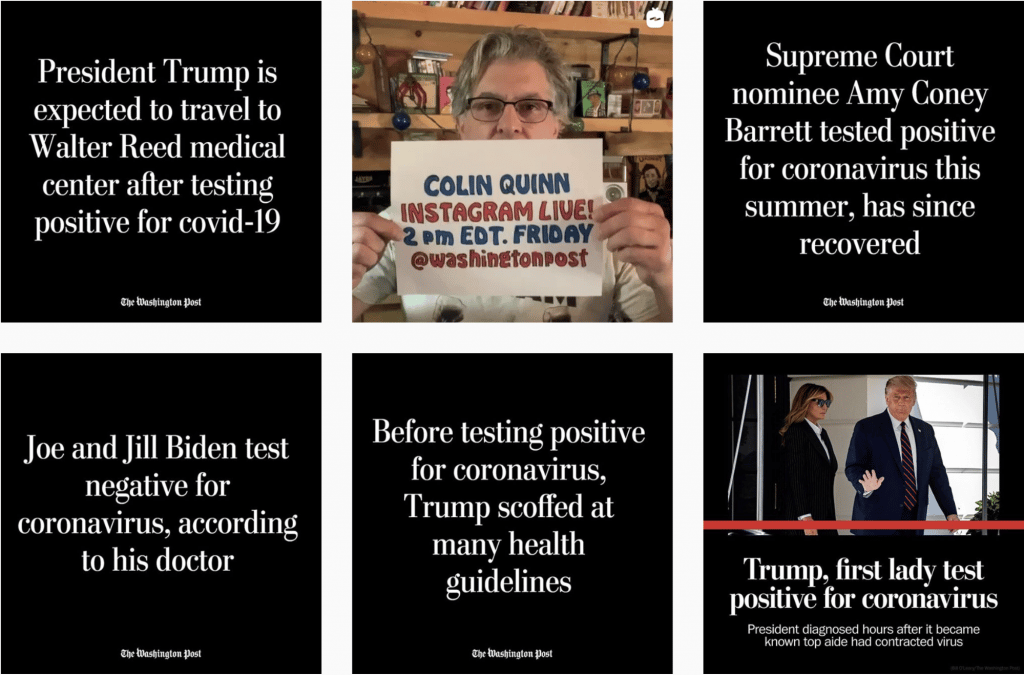
Third, TikTok is less saturated than other platforms. There are many major brands, like Toyota, that have not established a presence on TikTok outside of simply making an account. However, some of this is likely because TikTok isn’t of use to them.
So, what does that mean for you? If you have a product or service that you want to market to the 13-24 crowd, and you can post funny and creative videos to promote it, TikTok is a great platform to be on. However, you’ll likely also want to have a presence on Instagram, and perhaps Facebook as well.
Learn More: Should Your Business Be On TikTok?
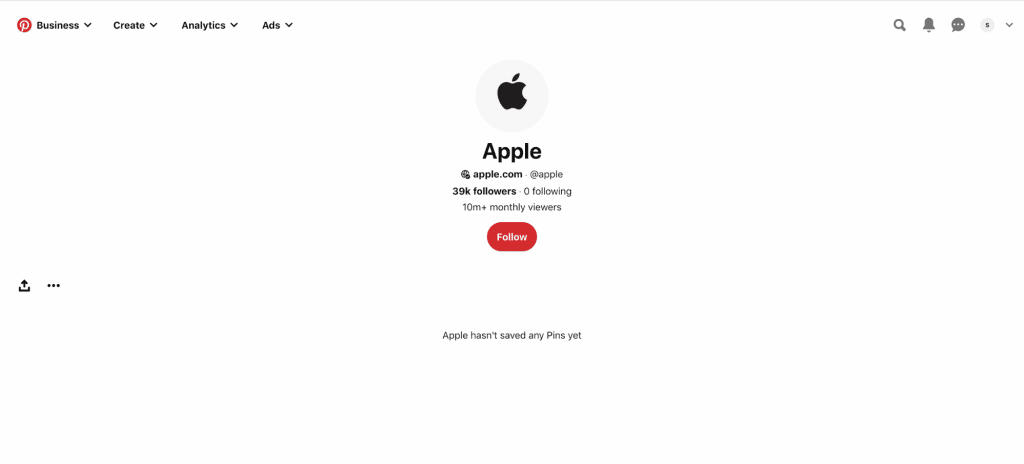
Pinterest is a much less popular social media platform, but it can still be powerful.
Compared to other networks, Pinterest is much more divided in terms of gender. 77% of Pinterest users are female, and, interestingly enough, 80% of US mothers who use the internet use Pinterest. In short, this is not where you want to focus your efforts if you have a predominantly male audience.
Pinterest is especially good for bloggers and eCommerce brands. If you are in either of these industries and want to reach women (especially mothers), then Pinterest is the place to be.
Combine it with Facebook and Instagram for a killer social strategy.
Snapchat
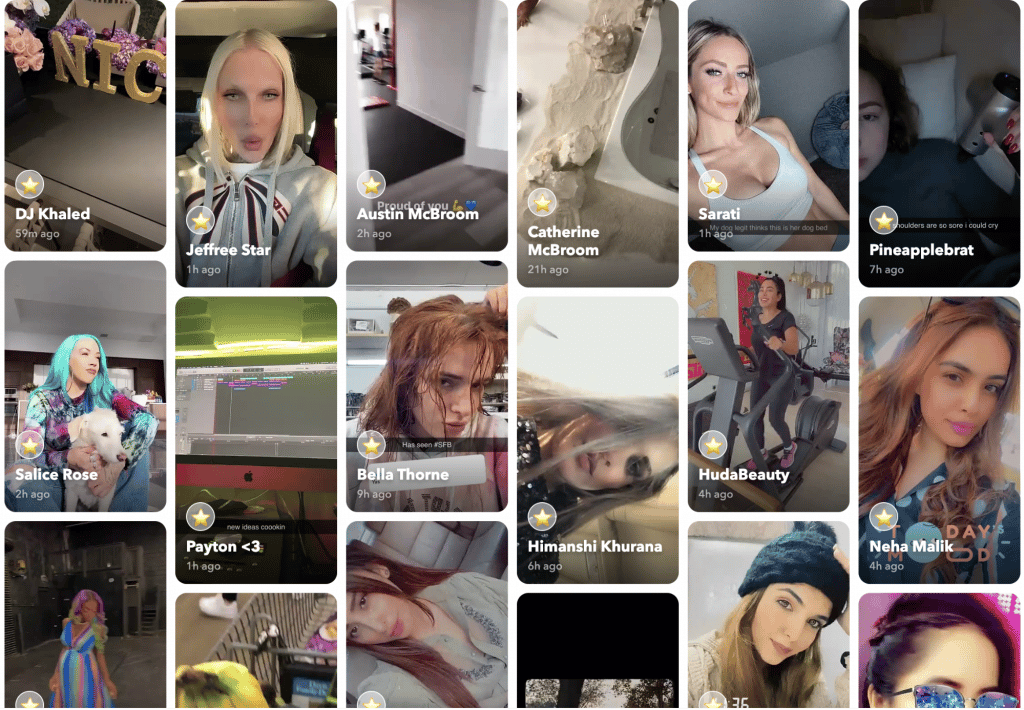
Snapchat started as an image messaging platform but has since expanded into a larger media hub.
Like TikTok and Instagram, its user base skews young with 69% percent of US teens using the platform and only 5% of people over 56 doing the same. Additionally, like Pinterest, Snapchat is female dominated — 61% of its users are female.
Content wise, it’s similar to TikTok: funny, creative, and authentic works best on this platform.
However, Snapchat’s user base has been shrinking over the past few years. If you want to reach teens and young adults, it may be worth trying your hand at Snapchat, but this is a platform you should likely only use once you’ve already established yourself on other platforms.
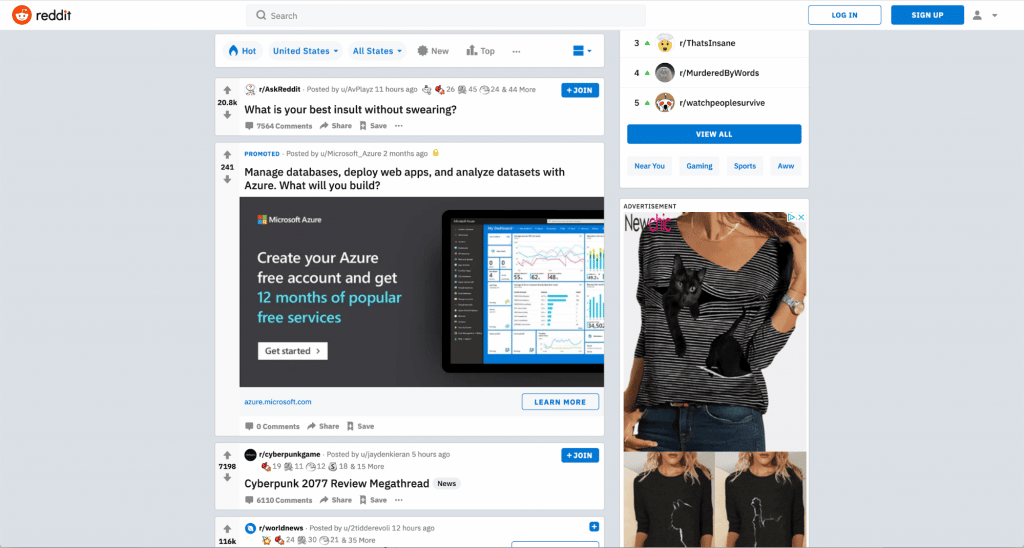
If you’re not already on Reddit, chances are you shouldn’t use it for marketing purposes — at least until you’ve spent a lot more time with it.
Compared to the other platforms we’ve discussed, Reddit has a much more discerning audience, which tends to be fairly anti-marketing. So, if you don’t really know your way around the platform, you’re likely to make mistakes that could hurt your reputation. If you want to use it for advertising, you need to really immerse yourself first so you can understand what works and what doesn’t.
It caters mainly to men between the ages of 18 and 29. Tech ads are quite common on Reddit, as you can see in the screenshot above. If you want to reach this demographic, you may want to consider running paid ads, but be very careful about making posts, lest you end up on r/HailCorporate.
YouTube
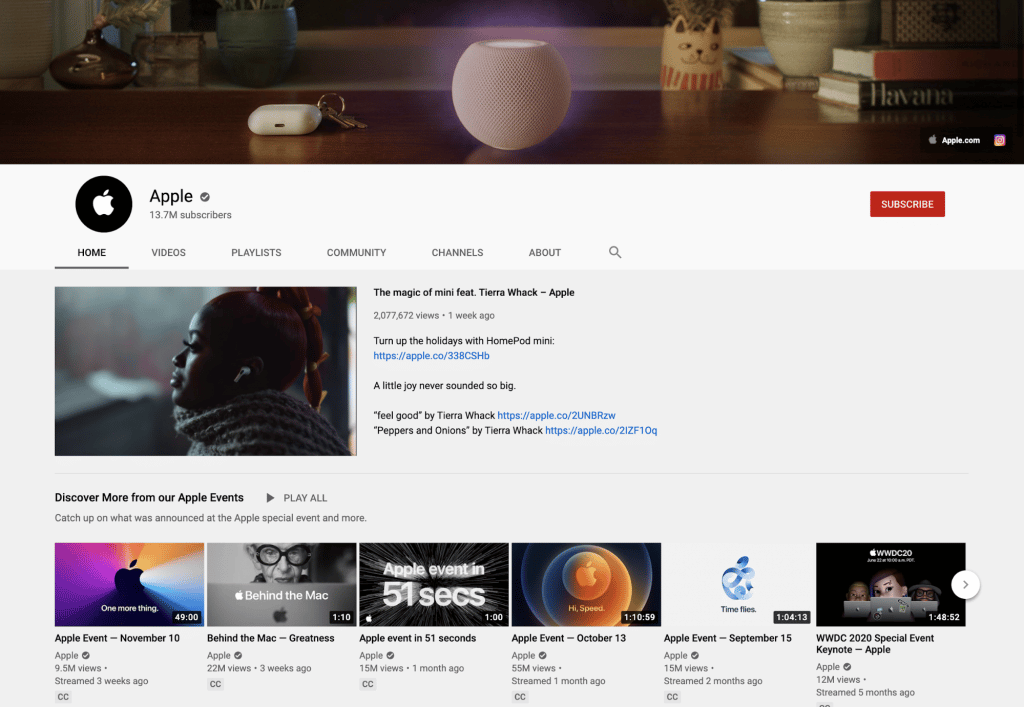
YouTube is by far one of the most popular social media sites. Deciding whether to use YouTube for marketing is pretty simple: are you a video creator? Can you see yourself expanding into becoming a video creator?
If the answer to these questions are yes, start using YouTube. If not, skip on it for now. It’s a powerful platform, but using it effectively generally means dedicating a lot of time and effort to building a professional-looking channel.
Look through popular content in your niche and see whether you think you could make something similar. If not, focus your efforts somewhere else until you think you can.
The Bottom Line
If there’s one thing you should take away from this guide, it’s this: just because a platform exists doesn’t mean you need to be on it. Don’t give in to FOMO.
Pick your battles wisely, and invest your time and efforts into social networks that fit best with your business.

